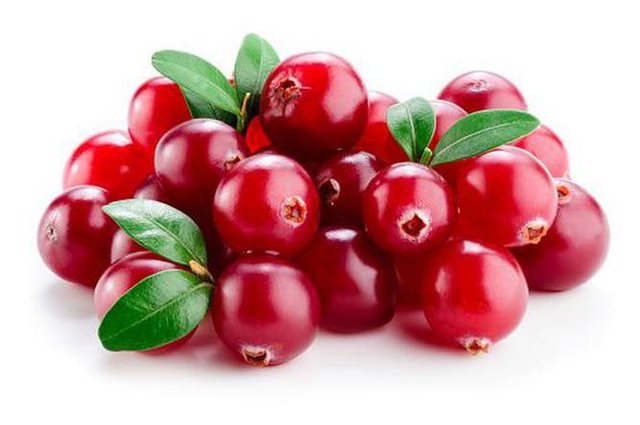Cranberry
Taste: tart, bitter

What is cranberry good for?
#The healing properties of cranberries are known and used in a broadly understood phytotherapy. Phytotherapy is a field between medicine and herbal medicine.
#Cranberry juice or cranberry extract in the form of tablets is very often recommended by doctors as support in infections, especially related to the functioning of the urinary tract.
#Most often, dried cranberries or cranberry tea are available in stores.
#The properties of cranberries related to the anti-inflammatory, antiviral, antibacterial and acidic, aseptic properties play a very important role in the treatment of diseases caused by pathogenic microorganisms.
#The medicinal raw material of cranberry is its fruit (red berry). The substances with therapeutic effect found in cranberries include tannin, fiber, vitamins C, B1, B2, e and A, as well as magnesium, phosphorus, potassium and iron.
The beneficial effects of cranberries are used in the treatment of:
viral infections of the upper respiratory tract, e.g. colds and flu;
bacterial infections of the upper respiratory tract, e.g. tonsillitis;
inflammation of the urinary bladder;
kidney disease;
liver disease;
pancreatic diseases;
intestinal problems;
allergic diseases;
neoplastic diseases.
How Much Cranberries Should I Eat Daily?
#It depends on the form under which the fruit is taken. It is worth mentioning that fresh cranberries have a very tart taste, therefore they are rather not eaten unprocessed. Cranberry is perfect for drinking in the form of juices or teas with its content. Cranberries can be a great addition to cakes, cookies, desserts and muesli.
#Cranberry and its healing properties are most often associated with an unpleasant ailment, i.e. cystitis. This disease most often affects women, and to a lesser extent men.
side effects:
It is worth being careful in the use of cranberries while taking anticoagulants.
People who may suffer from calcium deficiency in the body should also be careful about cranberries.
